Time travelling in Seoul: a guide to its past and present
From futuristic plazas to centuries-old palaces, there’s plenty to see and do in this Asian metropolis.
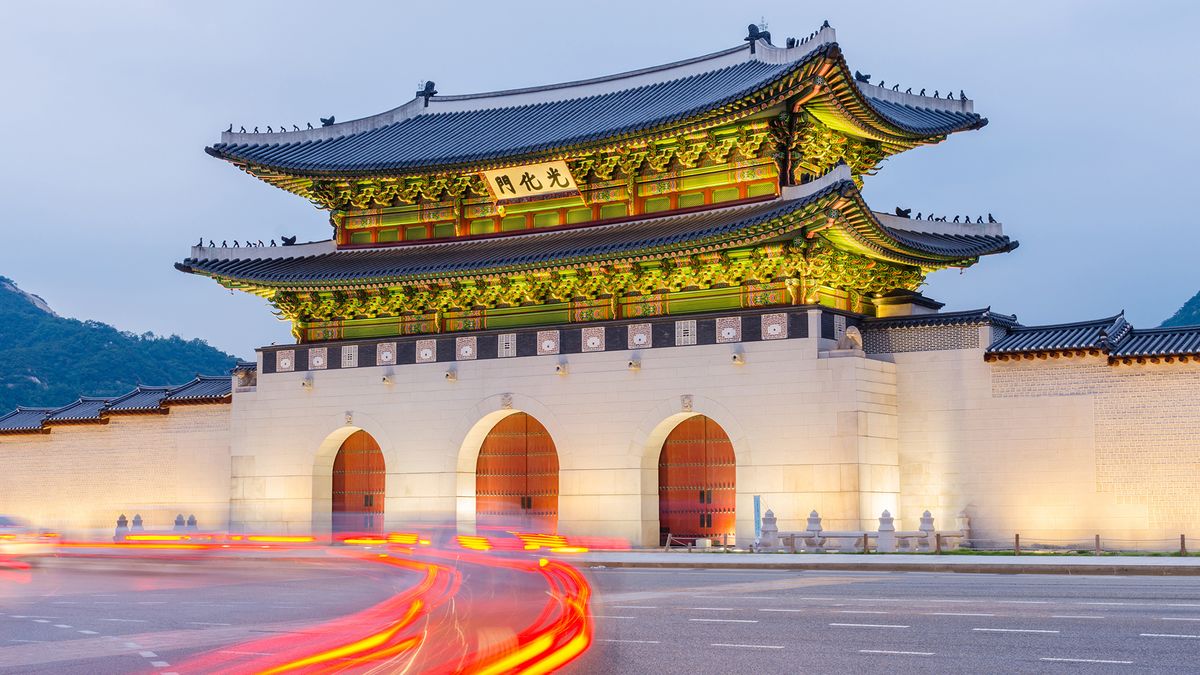
In the vast outer courtyard of Seoul’s Gyeongbokgung Palace, a lone drummer pounds a slow, steady one-two beat. A crowd in the hundreds has gathered to witness the changing of a guard, a vibrant spectacle dating back over 500 years.
While the soldiers, drummers and flag bearers streaming into the grounds today – many waving banners of red, yellow, and purple – are paid actors, the display is a perfect example of how the traditions of old still have their place in modern life, despite the country’s rapid evolution.
It’s also a fine opportunity to get dressed up. Case in point is the countless onlookers dressed in ‘hanbok’ costumes, each one a recreation of clothing worn when this palace was in its prime.
These traditional costumes can be rented at numerous stores just outside the palace walls. As an extra incentive, those who don these elegant hanbok gain free entry into the palace, instead of paying the usual 3,000 won (about AUD$3) entry price.
While the rental fee is higher than that, although still from an affordable 10,000 won (AUD$11) for two hours depending on where you hire it, it does add to the ambience. You look great too.
As the last soldier files into place, the pounding drumbeat abruptly stops – its sound echoes for a moment around the walls. The crowd is utterly silent. Before the echo dies out, it’s replaced by booming voice commands from the captain of the guard.
His orders set the final phase of the changeover into action. Soldiers close ranks in readiness to march, their shields and ‘hyeopdo’ polearms – long nicknamed eyebrow swords for their curved shape – glint in the sun, and the whole procession sets off one more.
The drum’s hypnotic rhythm resumes, though this time it’s joined by horns and cymbals to play a ‘daechwita’ military tune (the translation is ‘great hitting and blowing’) until the final soldier passes out of the main gate and into the bustling present-day beyond.
With official proceedings now over, onlookers are free to continue exploring the grounds, posing for photos by the Throne Room, the King’s Quarters, and the very-photogenic Banquet Hall, which is perched on stilts above a semi-frozen lake.
Although a modern metropolis of mostly glass and steel, Seoul is actually home to numerous historic throwbacks such as this, many of them carefully rebuilt or painstakingly restored. And the contrast between the eras makes for a fascinating sight.
In only a few blocks stroll you can view grand fortresses, hidden shrines, and colossal statues tucked alongside omnipresent coffee houses and department stores, not to mention plenty of high-end hotels too.
So you don’t miss out, here are some of the more interesting sights to track down.
Modern Seoul
Dongdaemun Design Plaza (DDP)
Conceived by the late and great British-Iraqi architect Zaha Hadid, DDP is one of Seoul’s most extravagant buildings.
Clad in some 40,000 curved aluminium panels, the sprawling mixed-use complex housing retail stores, art installations, conference facilities and more. There are even ruins of the original Seoul City Wall preserved onsite.
After taking in the sweeping exterior, as well as the rabbit warren of internal corridors, it’s worth exploring the Dongdaemun area too. One of the chief highlights is the three-story, 600m-long Pyeonghwa fashion market, home to more than 2,000 stores.
Lotte World Tower
Reaching 555m into the sky, Lotte World Tower is Korea’s tallest building. Within its lofty interior you’ll find a shopping mall brimming with department stores, in addition to Lotte Museum of Art, Aquarium and the Sky Seoul observatory at its peak.
The view from the 117th floor of the tower is staggering, putting the sheer scale of Seoul and the Han River that weaves through it into perspective. For an even better view, sign up for the Sky Bridge Tour, which allows you to walk outside along a small bridge between the twin peaks of the tower.
While interesting during the day, late afternoon as the sunset casts the sky ablaze is arguably the best time to visit. Tickets can be purchased on the ground floor of the mall.
Gangnam
Korean rapper Psy added Gangnam – a former agricultural area turned high-end haven – to the global consciousness with his viral hit ‘Gangnam Style’ in 2012. Much like that 132 BPM song, the neighbourhood pulsates with an infectious energy.
Streets are lined with Lamborghinis, raucous nightlife insists you stay out late, and the myriad of shopping malls are guaranteed to give your card a workout.
Starfield COEX, underneath the Korea World Trade Centre, is among the area’s most fashionable retail hubs. Keep an eye out for the Gangnam Style statue (see above) and you’ll find the entrance right next door. If you’re a fan of Instagrammable sights, seek out its impressive public library.
Insadong
One of Seoul’s most charming neighbourhoods, Insadong is a mecca for tourists. But don’t let that put you off – the locals love it too.
Along its pedestrianised main street you’ll encounter cosy teahouses, eclectic art galleries and fashion boutiques, in addition to shops stocking everything from antiques to taffy and folk art.
It’s also a great place to enjoy a taste of Korean culture, both modern and traditional. Boisterous merchants making kneaded and knotted ‘kkul-tarae’ candy before your eyes, shops selling handmade ceramics, and the quirky ‘poop cafe’ at Ssamziegil Market are worth tracking down.
Historic Seoul
Bukchon Hanok Village
If it’s a journey back in time you seek, Bukchon Hanok Village is for you. Perched on a hillside near Gyeongbok and Changdeok Palaces, this enchanting neighbourhood – dating from the Joseon Dynasty and once home to high-ranking officials and nobility – offers some of the best photo opportunities in the city.
Amid the rabbit warren of streets you’ll see beautifully preserved ‘hanok’ houses with distinctive tiled roofs and intricate timber and brick detailing. It’s another popular spot for wearing rented ‘hanbok’, which adds to the old-world feel.
Many of the original hanoks have been converted into cafes and guesthouses. Bukchon Binkwan is one of the most beautiful, though the nearby Rakkojae gives it a run for its money.
Changdeokgung Palace
Though Gyeongbokgung is the city’s best known palace, Changdeokgung, also known as the ‘East Palace’, is worth a visit too. And it has something its siblings don’t: a lush garden, once solely reserved for the king and unknown to the public for decades.
Within the sprawling complex are 13 rebuilt and restored buildings, including Donhwamun gate and the queen’s official residence, in addition to 28 pavilions dotted amid the 110-acre gardens. You could easily spend half a day here.
Gwangjang Market
Among the varied reasons for travel, food tends to top the list for most people. With that in mind, a visit to Gwangjang Market – an icon since the 1950s – is a must-do. Here, authentic Korean culture is quite literally handed to you on a plate (...or sometimes in a bag).
It’s crowded, colourful and the aromas streaming from every stall are intoxicating. Visiting on an empty stomach is highly recommended.
Among the essentials dishes to try are ‘bindaetteok’ mung bean pancake, ‘tteokbokki’ glutinous rice rolls drenched in fiery chilli sauce, and ‘mayak gimbap’, which is like sushi but seasoned with sesame oil. But really, you can’t go wrong with whatever you order.
Jingwansa Buddhist Temple
Tucked within a forested valley on the edge of Bukhansan National Park, Jingwansa is one of the true hidden gems of Seoul. Right on its doorstep yet feeling a world away, the temple, with its intricately-painted pavilions, radiates stillness and spirituality.
Regardless if you’re an adherent to the faith, the chance to meditate, listen and learn from the nuns is an experience you won’t forget. Guided visits must be arranged in advance, and include an opportunity to enjoy the fresh, clean and delicious temple cuisine.
Beyond these sights, there’s plenty to uncover too. Seoul’s Subway network makes getting around easy, while taxis and rideshares are plentiful.
A point to note though, Google Maps doesn’t offer navigation in Seoul – Naver Map is the better alternative.
The writer travelled as a guest of Qantas and Korea Tourism Organisation
Getting There: Qantas operates thrice-weekly flights from Sydney to Seoul’s Incheon Airport, with the 28 lie-flat business suites on its A330 the seats to pick.
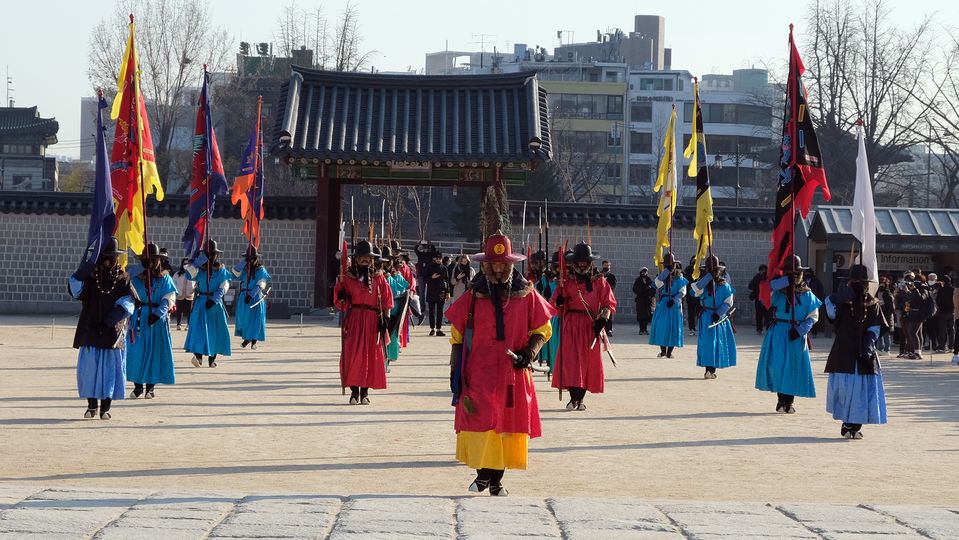
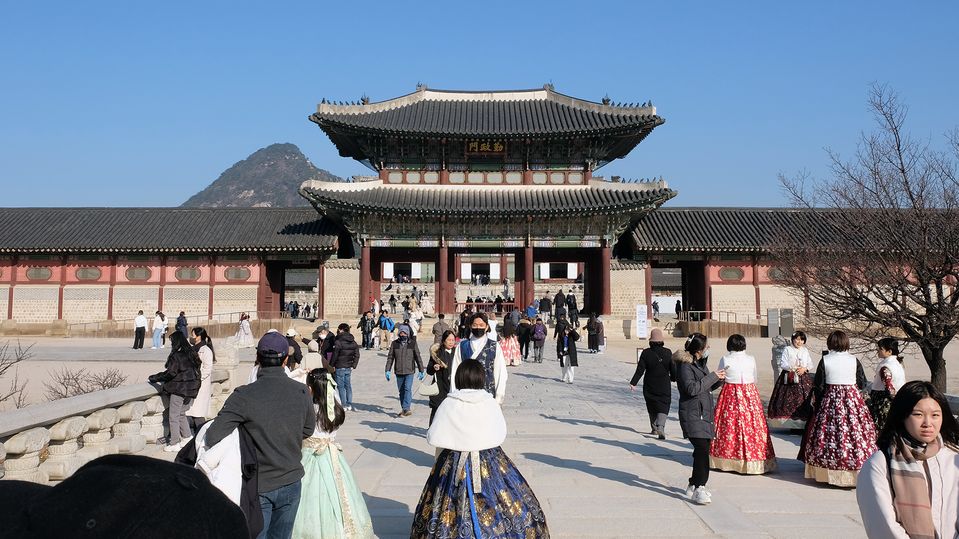
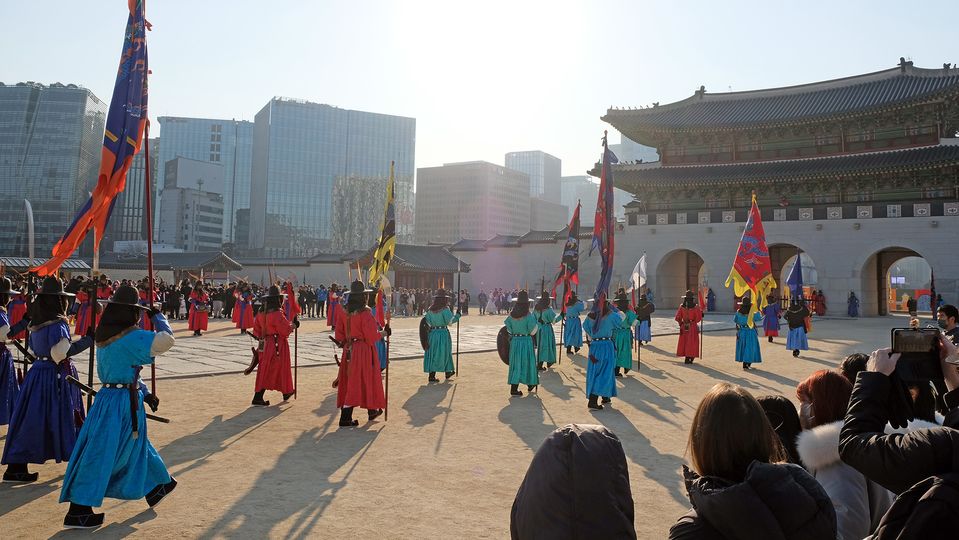
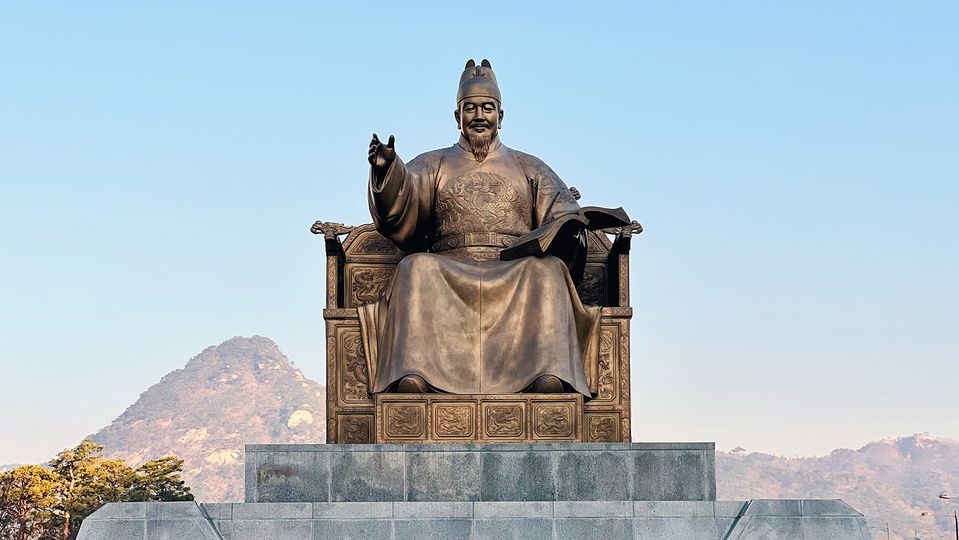
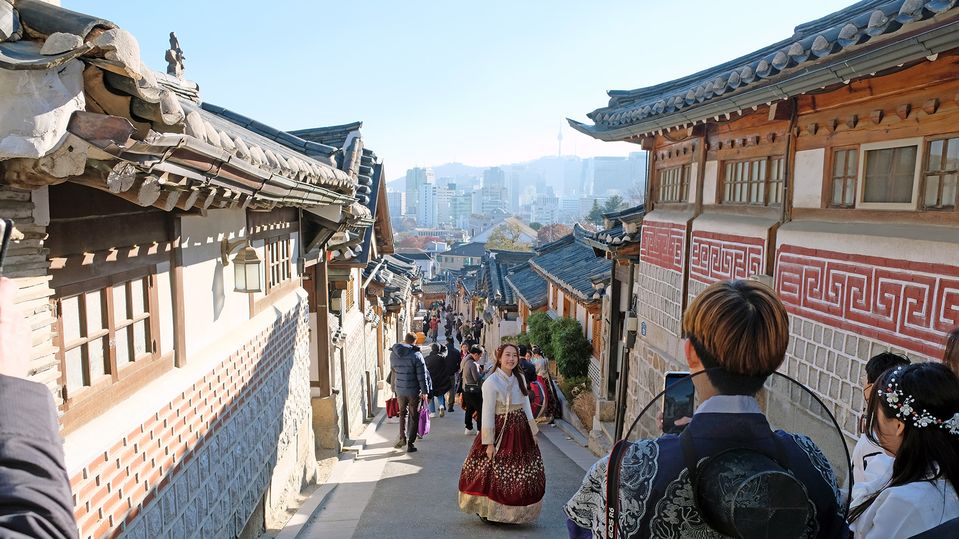
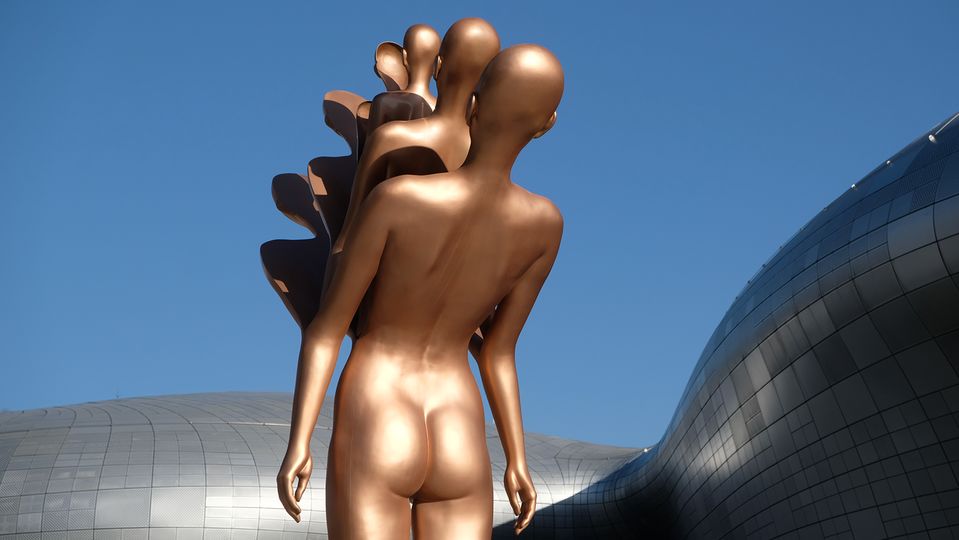
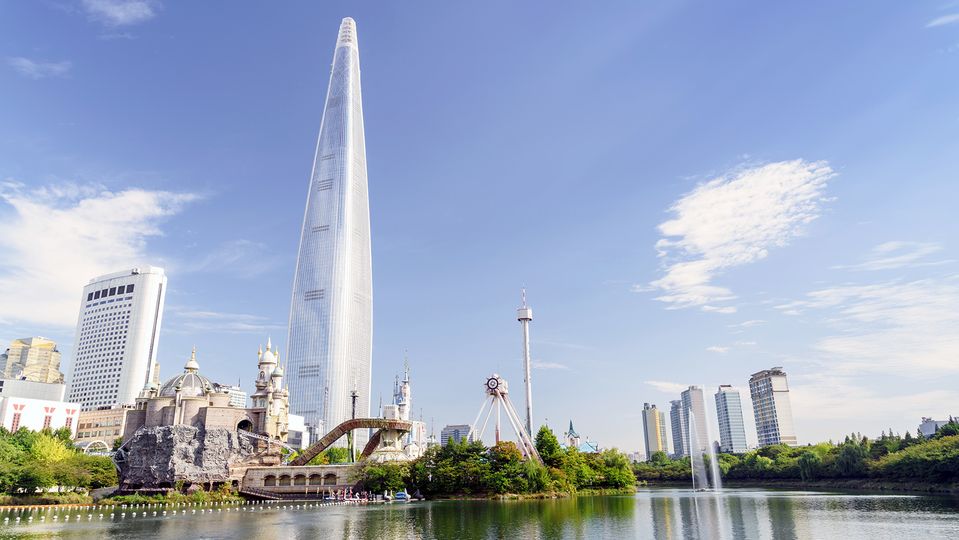
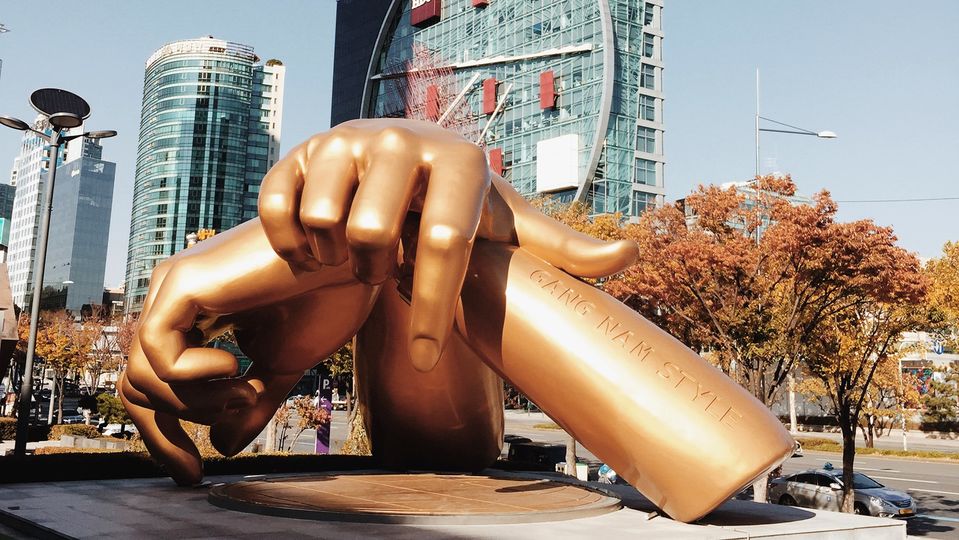
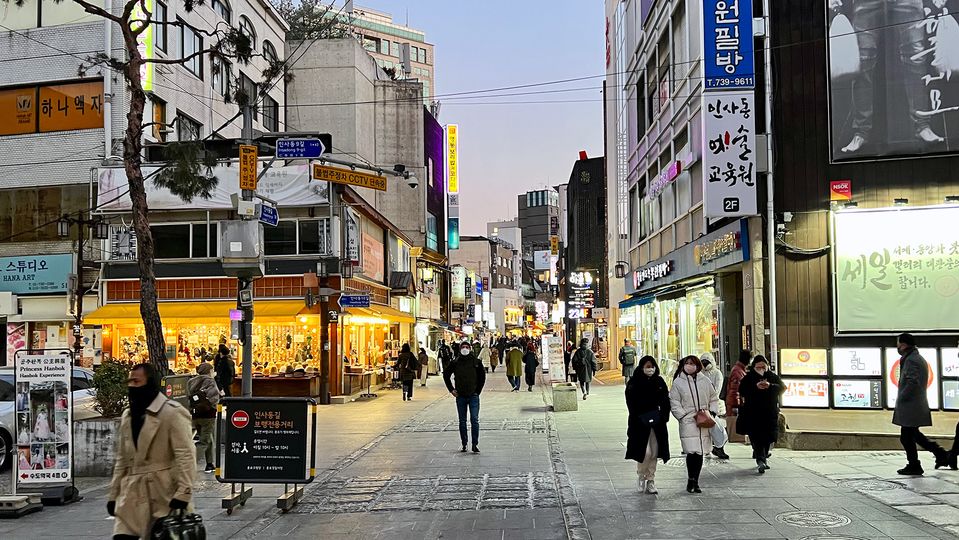
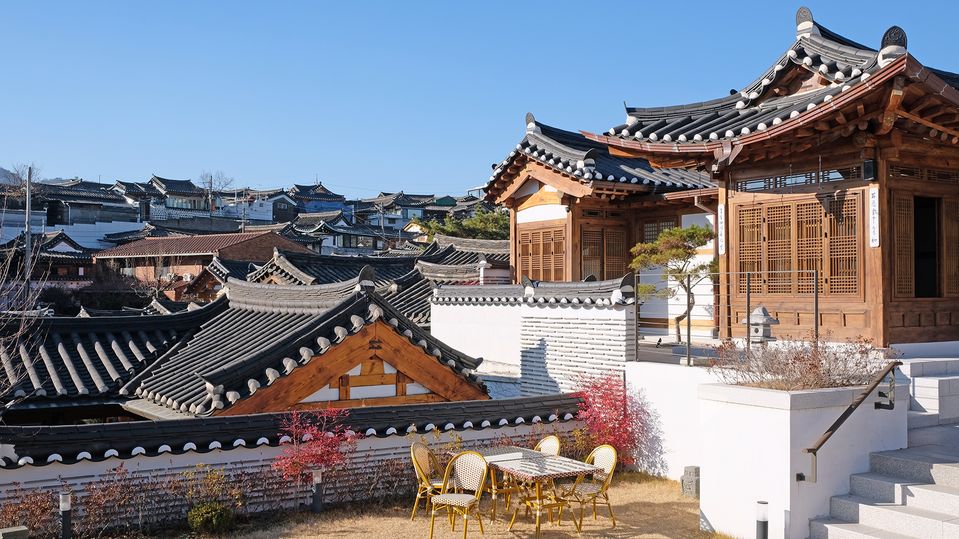
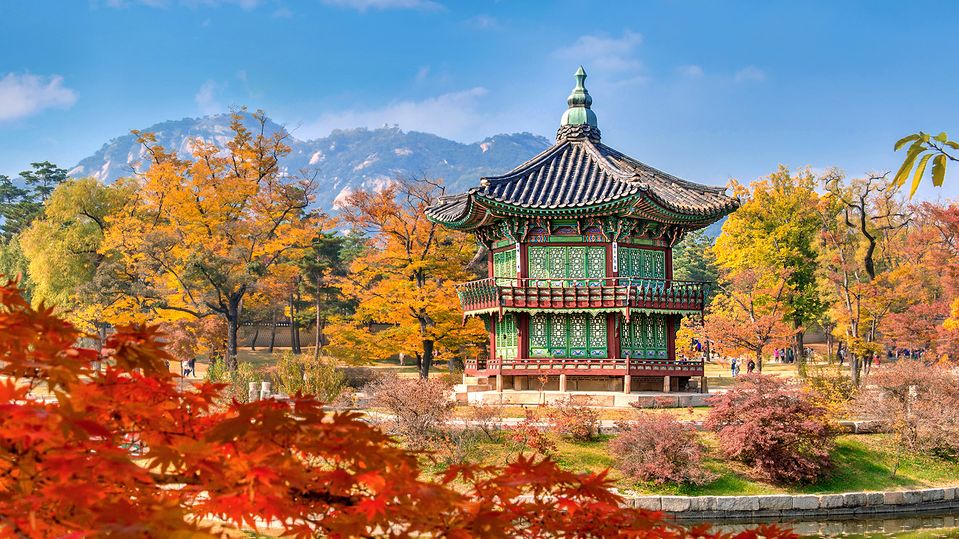
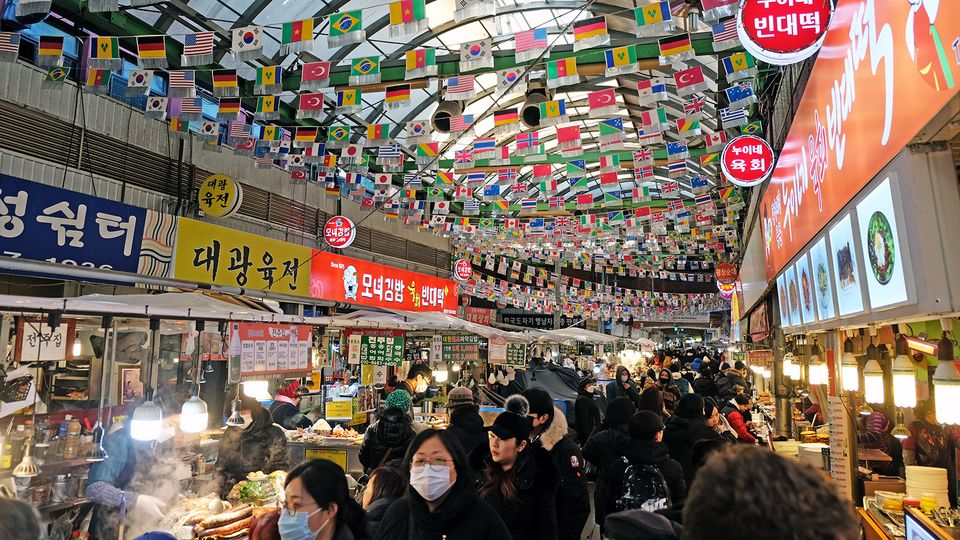
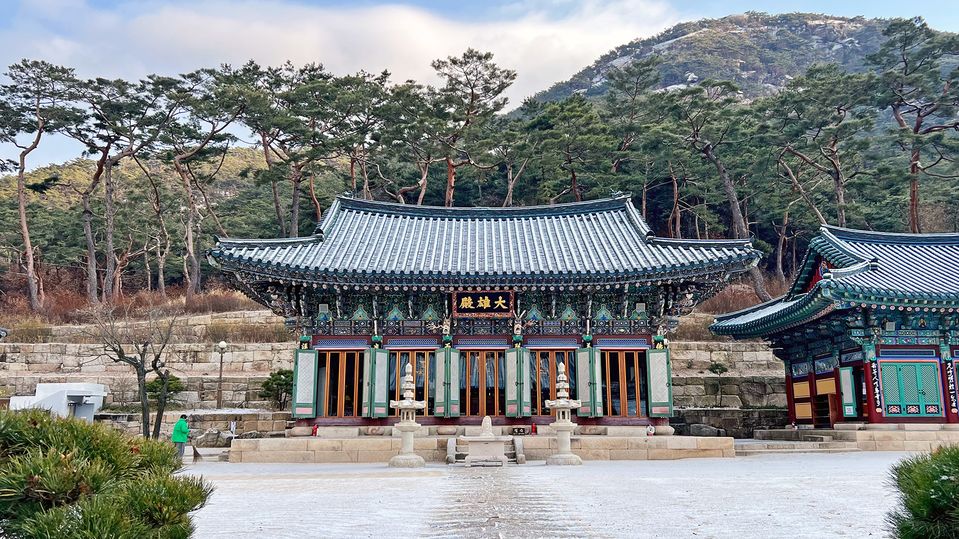
14 Oct 2021
Total posts 5
Travelled to South Korea many times,from Brisbane Korean Air . Will be watching to see if Qantas continue to fly to Seoul .Koreans in my opinion fly the national carrier .Suggest Qantas fly via Seoul onto Europe.& include a free stopover.in Seoul.
Korean airs connections from Australia allow a STPC which is a bonus .
.
Virgin Australia - Velocity Rewards
20 Nov 2017
Total posts 113
That's a good idea but it involves flying Qantas so that's a NO from me. I'll stick to my ABQ policy. Having said that, Seoul is a great city, fantastic food and interesting sights obviously, but it also struck me as a very cultured ity.
12 Apr 2017
Total posts 12
The Qantas flight to Seoul last week was wonderful. The business class Korean food was delicious.
I would take the Qantas lay flat seat over the sloping Korean air seat any day
Hi Guest, join in the discussion on Time travelling in Seoul: a guide to its past and present